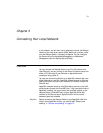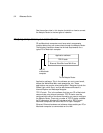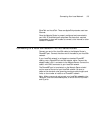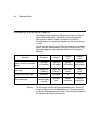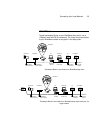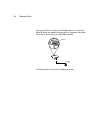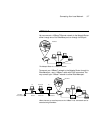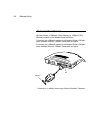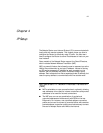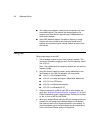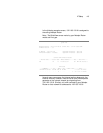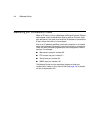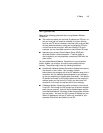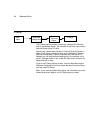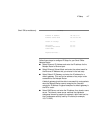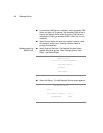
4-1
Chapter 4
IP Setup
The Netopia Router uses Internet Protocol (IP) to communicate both
locally and with remote networks. This chapter shows you how to
configure the Router to effectively route IP traffic. You also learn
how to configure the Router to serve IP addresses to hosts on your
local network.
Some models of the Netopia Router support the SmartIP feature,
which includes Network Address Translation (NAT).
NAT is a powerful feature that allows the user to represent an entire
LAN to the outside world as a single IP address. Instead of having
an ISP assign a separate IP address for each computer on the
network, the ISP provides one public IP address called a proxy
address. Each computer then has a separate private IP address, but
uses the proxy address to communicate with the outside world.
Key Features of IP Network Address Translation
(NAT)
■ NAT is selectable on a per connection basis, optionally allowing
real addresses to be used for intranet connections and proxied
addresses to be used for Internet connections.
■ The NAT user can use any combination of proxied and
unproxied addresses simultaneously with ISDN on the two
B-channels. For instance, one unproxied address connection
profile can be used to connect to a central office, while another
proxied address connection profile can simultaneously connect
the user’s Netopia Router and LAN to the Internet.



